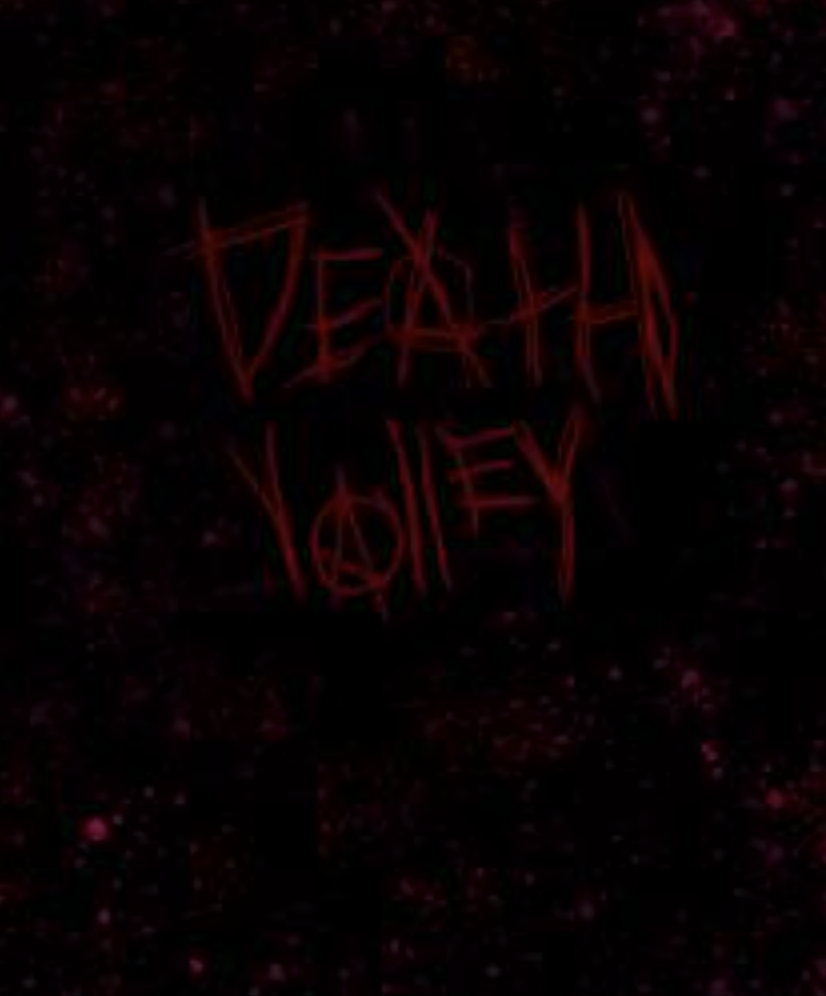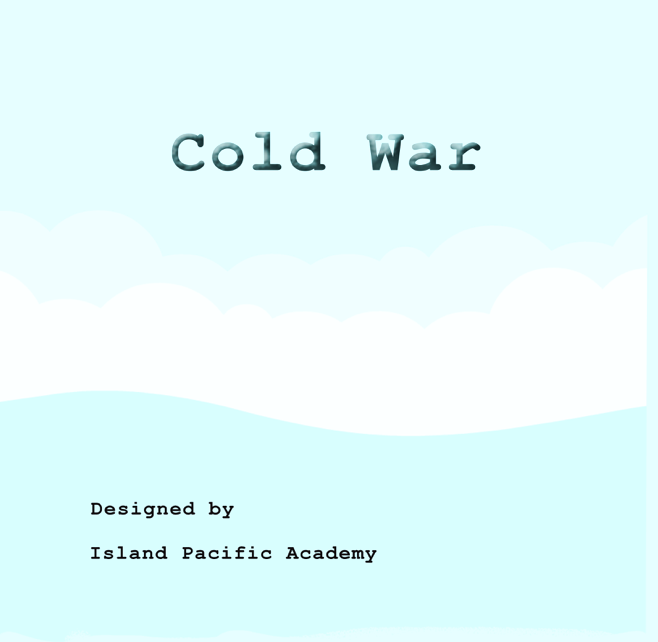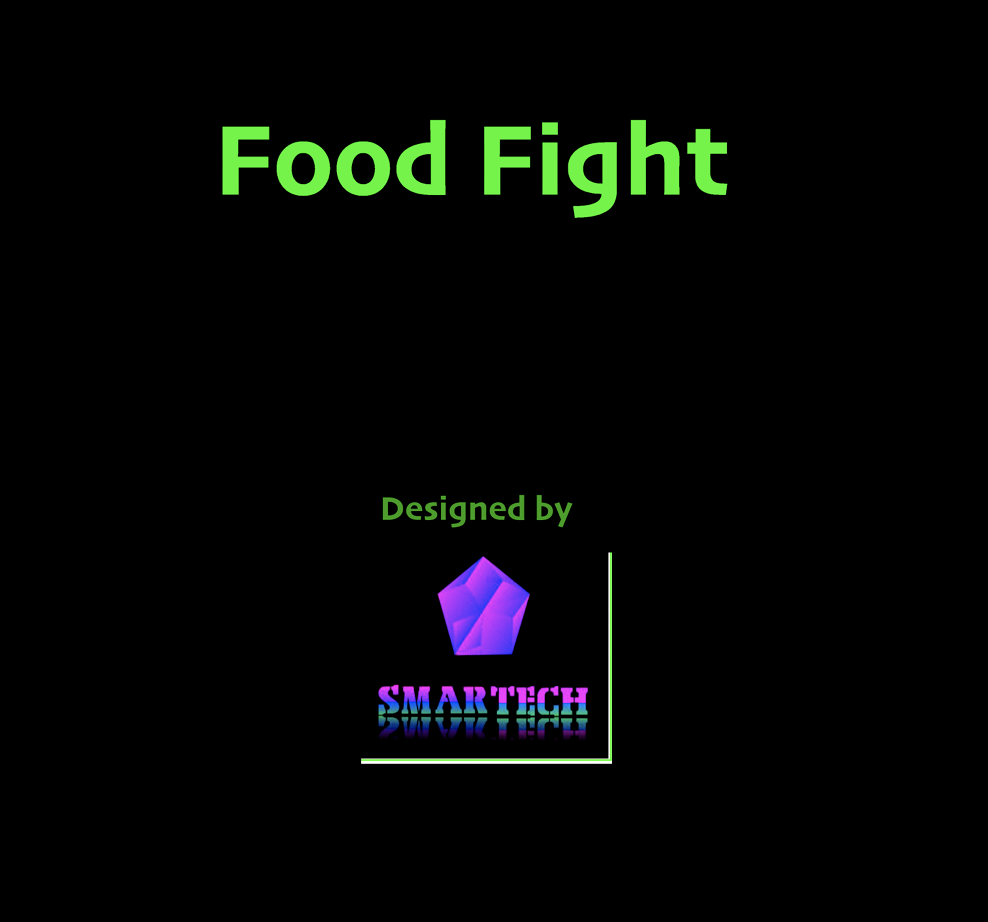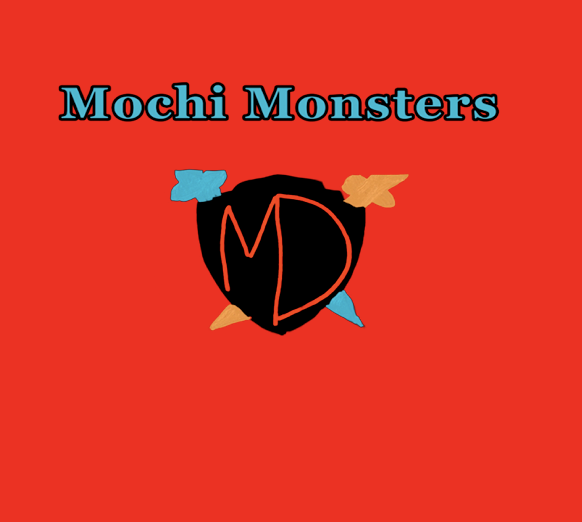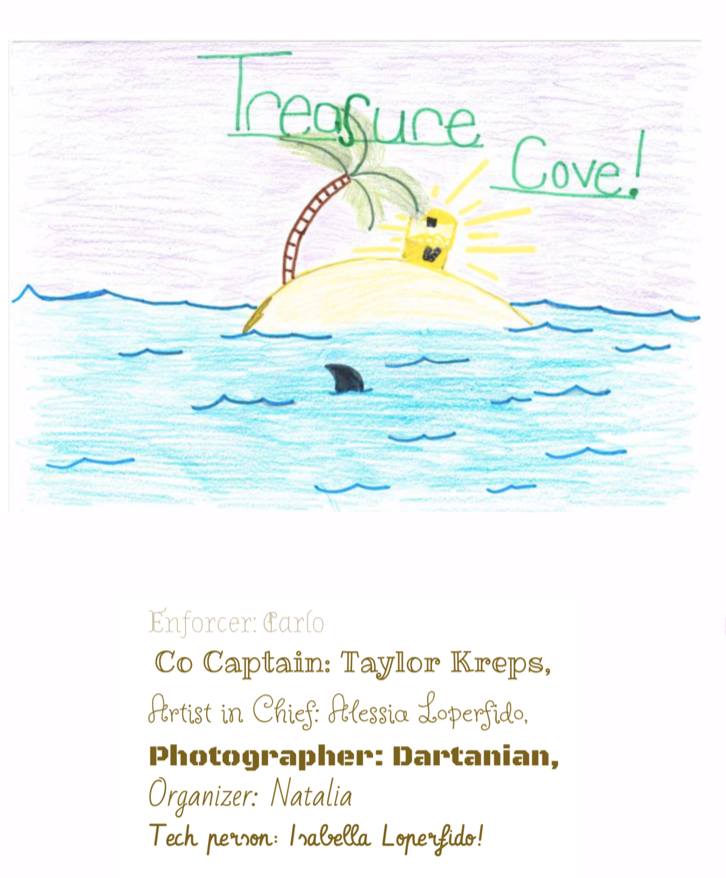CARDBOARD ECOMOMICS
I feel game design is the most effective method of reinforcement learning. The designer has to really understand the topic to translate that knowledge into game mechanics. Without understanding a subject, the game falls apart. Cardboard Economics was a project that used this very idea to teach economics in the classroom.
History
This project was spearheaded by the Rising Tiger Foundation. They provided the economic framework for the games. My involvement was to be a mentor in the game design process.
The Process
Kids understand games. Leave a group of children alone in a room with a pair of dice and within minutes they will create a world guided by dice throws. So, why was I needed to help and mentor the process? Simply for balance and production. Was I that industrial factory boss standing above the production lines with a full mustache and a cold steel stare? Not at all. I saw myself more as Yoda, redirecting student effort in the right direction.
The Right Direction
Using a workshop methodolgy. I created downloadble workbooks as guideposts. These guideposts served as the framework of "How to build a game". This included, Theming, Mechanics, play-testing, art direction, and production.
Design Journal & Theme
Creating a deisgn journal to record their progress. Students also developed the theme, or setting of their game. Students needed to incorporate ecomonics in their theme. Rising Tigers provided the economic languaging and lesson plans.
Game Mechanics & Playable Prototype
Developing mechanics and creating a prototype as a proof of concept to their game idea. Mechanics, in this respect, simply are the gears the players will use to accomplish their player goals.
Play-testing:
At this stage students would play-test their game internally (alpha test). Then once satisfied with their results, they would beta test with the public, obtain feedback then decide what to incorporate into their game.
Production & Publishing:
At this stage games should be solid, theme proven to be interesting and mechanics are sound. At this stage, what is left to do is developing art assets for the game and production. We partnered with local artists here in Hawaii and used The Game Crafter as our means of production.
Produced Games
Here are some of the game titles that were published
